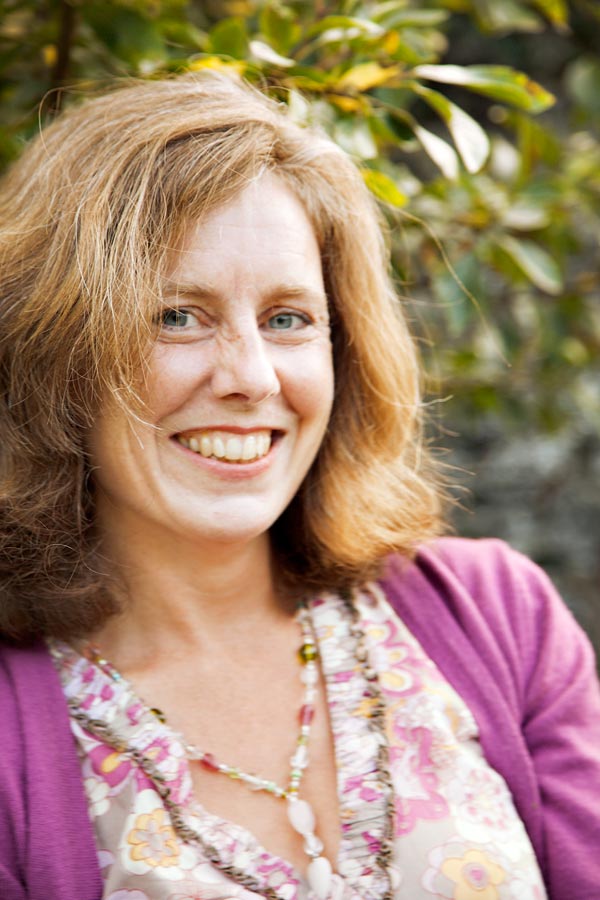It’s great to be featured in The Irish Independent which had a piece in their property section on the 8th October 2021 about our thatched cottage project.
To view more photos on our website about our phase 1 – thatched cottage restoration please click here and & phase 2 – extension please click here

‘Cottagecore’ — bringing derelict country properties back to life
Architect Patti O’Neill talks to Alison Gill about restoring traditional cottages as sustainable modern homes
We’ve heard over and over again that now is not the best time to face into a property renovation, what with the rising builder costs, supply delays and waiting lists. It’s not easy for many young buyers to hear that as they view homes that are in need of an entire makeover. But maybe it’s time to learn that instant gratification isn’t always the best way. Maybe we should slow down and incorporate that renovation into our lives, rather than a strict timeframe. Architect Patti O’Neill has first-hand experience of this process. She lives in Tipperary in a cottage that she restored over time and believes it’s something others should try.
“My cottage restoration project became my teacher,” says O’Neill. “I learned about the beauty and comfort of natural materials, building in phases and doing as much of the work I could myself for financial independence, while allowing the time for one step to inform the next, which created the life lesson of ‘going with the flow’.”
Working with the building is something O’Neill feels very strongly about. There are anywhere between 92,000 and 183,000 vacant dwellings around the country. Some of these are old Irish cottages that respond well to the proper attention and can provide a beautiful and sustainable home, once the right methods are used. O’Neill believes that the owners should go right back to the beginning when planning a restoration on a traditional Irish property.
“A cottage is usually the accumulated work of many generations, often starting out as one room and a chimney, then growing into what you see now. So, imagine your restoration project being the same – you don’t need to do everything at once, instead plan the general flow of the home and then take it step by step.”
The glut of dilapidated and near-derelict cottages dotted around the countryside could go some way to relieve the shortage of houses for want-to-be homeowners. Those who aren’t in a hurry and like the idea of slowing things down, could do worse than look into investing in one of these neglected buildings.
O’Neill’s renovation project began in 2013, but instead of going straight in with diggers and bulldozers, she made sure to do her own research on materials and sustainability. “The first phase involved learning about how breathable natural materials are needed for the basic restoration and rehabilitation of stone cottages. Removing all of the cement, on the inside and outside, releases the entrapped moisture which is responsible for the mould. Then putting it back together again with breathable and natural materials throughout, the most important being the lime mortars, which creates a comfortable dry second skin.”
O’Neill lived by her own rules and took a few years between the first phase and the second phase of the restoration of her home. She lived in it and got to know it before deciding where to take it next. This meant that when it came to extending the cottage, she knew exactly what she wanted to do. Her instruction to anyone who is adding on to an older cottage is to put the extension on to the cold side of the house so you’re heating up the old stone wall. Hers was built using natural materials that ranged from foam glass gravel, clay block construction, woodfibre insulation and even sheepswool.
O’Neill’s advice to those who are thinking about investing in expensive properties is to stop and think before they mortgage their lives away, and to try to take time to create a home for life. “The lesson is contrary to the conventional ‘time is money, and instead should be ‘take your time and get it right’. The outcome is no mistakes, no regrets and a slowing down to a pace that allows the enjoyment of simple things in life such as sitting under the apple trees and taking in the surrounding natural world.”
To view the Irish Independent online article please click here.
